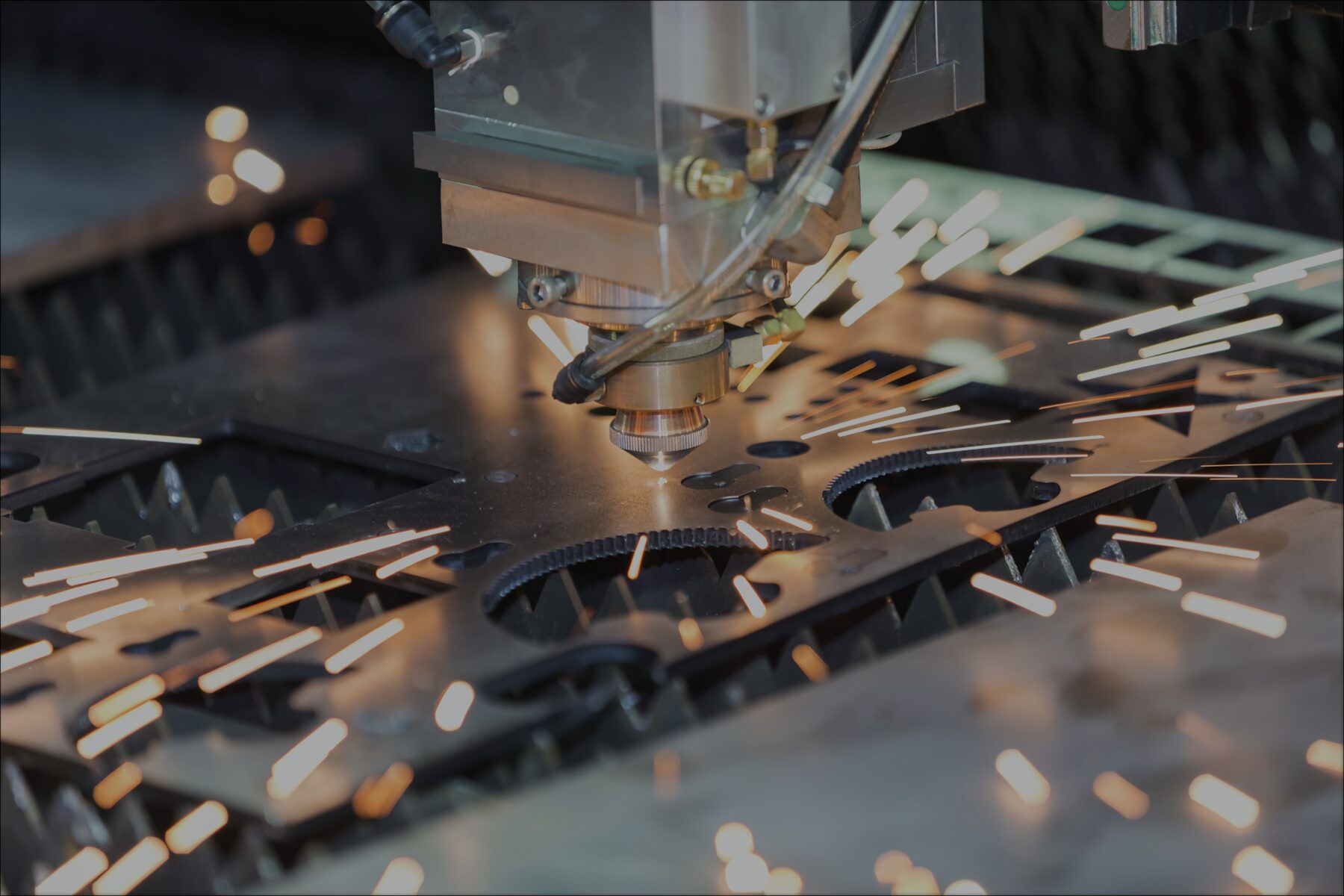

Originally published on fastradius.com on March 23, 2020
The manufacturing of parts often requires a mold that can be filled with the casting material. These molds are created with a master pattern, which is essentially a replica of the final product — though usually slightly larger than the intended size of the final object to account for a certain degree of shrinkage of the molding material.
Patterns must be crafted according to exacting standards for two primary reasons. First of all, cast objects will only be as accurate as the molds from which they’re made, so patterns need to be well constructed. Secondly, a pattern should be reusable; high quality construction ensures that they can be used repeatedly to create dimensionally precise molds.
Because of these requirements, engineers have traditionally turned to the services of patternmakers, highly skilled workers with knowledge of tooling, die making, and mold making. However, developments in manufacturing now allow engineers to create master patterns using either traditional subtractive methods like CNC machining, or 3D printing.
When deciding which manufacturing process to use when creating a master pattern, there are some key considerations to keep in mind. These include design specifications — such as the size, geometric intricacy, and degree of specialization of the pattern — as well as the volume of the production run, the intended application of the part, and the product materials.
CNC machining is a subtractive manufacturing process, using cutting tools or drills to shape a part by removing material from a larger block. CNC-machined master patterns are made using tooling boards, or machinable slabs of material that can be quickly and easily cut into patterns. Multiple tooling boards can be fixed together to create large master patterns, rendering CNC machining a useful process for patterns that will be used in metal or plastic casting or used to create prototypes.
There are a few different types of tooling boards, including polyurethane, epoxy, urethane, and renshape. These tooling boards come in a range of densities and are generally lightweight, making them useful for automotive prototypes as well as foundry patterns and rapid tooling applications. Some varieties offer high temperature-resistance, which serves as an advantage when creating master patterns for industrial production parts found in airplanes, automobiles, boats, and other vehicles.
CNC-machined master patterns can meet stricter dimensional tolerance requirements than their 3D-printed counterparts, which is useful when creating molds for aerospace and medical parts, where minimal dimensional variation is critical. CNC machining enables the construction of strategic mold features like air vents into the master pattern, while simultaneously reducing the amount of post-production surface finishing required.
A key restriction of CNC machining, however, is that complex internal geometries can be difficult and costly to create, as the cutting tools must be positioned at very precise angles. Some geometries are so complex that they must be split into multiple smaller, simpler pieces that have to be assembled, adding cost and reducing the assembly’s overall strength.
The primary advantages that 3D printing offers over CNC machining are efficiency, speed, and flexibility of design. Because 3D printing is an additive process, complex designs can be created in a single build, eliminating the need for additional machining or assembly. In most cases, this makes 3D printing a better option for patterns with intricate geometries that include organic shapes, multiple holes, smaller details, or strategic mold features. Further, 3D-printed pieces tend to provide high surface resolution — an important consideration for parts with intricate designs.
Because 3D-printed patterns are created using design files, the mold manufacturing process can begin as soon as the design is finalized. CNC-machined patterns, on the other hand, have much longer lead times and may require multiple rounds of testing before production can begin. A machined pattern might take weeks or months to produce, whereas a 3D printed pattern can be made in a matter of days. Additionally, because the design files for 3D-printed patterns are stored digitally, master patterns can be reproduced on demand.
However, 3D-printed master patterns are not as durable as those created through CNC machining. For this reason, 3D-printed master patterns are rarely as cost-effective for large production runs requiring multiple molds. For more durable and heat-resistant patterns, CNC machining is often a better choice.
Ultimately, it’s up to engineers, foundries, and patternmakers to sort through the key advantages and disadvantages of all available options before deciding which process makes the most sense for the pattern they plan to make.
CNC-machined patterns are more expensive and time-consuming to create, but initial expenses are often distributed over multiple parts, making them a good choice for high-volume production runs. 3D printing can produce highly detailed patterns at speed, offering flexible prototyping options — particularly for parts with intricate geometries.
When you choose to work with SyBridge Technologies, we’ll help guide you through these decisions to ensure that your parts are crafted affordably, reliably, and on time — from designing master patterns to post-production finishing. Contact us to get started.
Forget typical cycle times. We're pushing the boundaries of conformal cooling. While traditional approaches deliver…
Forget typical cycle times. We're pushing the boundaries of conformal cooling. While traditional approaches deliver…
From left to right: Brayden Janak (apprentice); Logan Vifaquain (CNC machining, Programming and CMM); Ron…
SyBridge Technologies is proud to announce we have been awarded the 2023 General Motors Supplier…
Today, designers and engineers are accustomed to working with digital tools in their day-to-day jobs.…
Optimizing Your Injection Molding Process for Cost-Effective Manufacturing Excellence In today’s competitive landscape, manufacturers are…